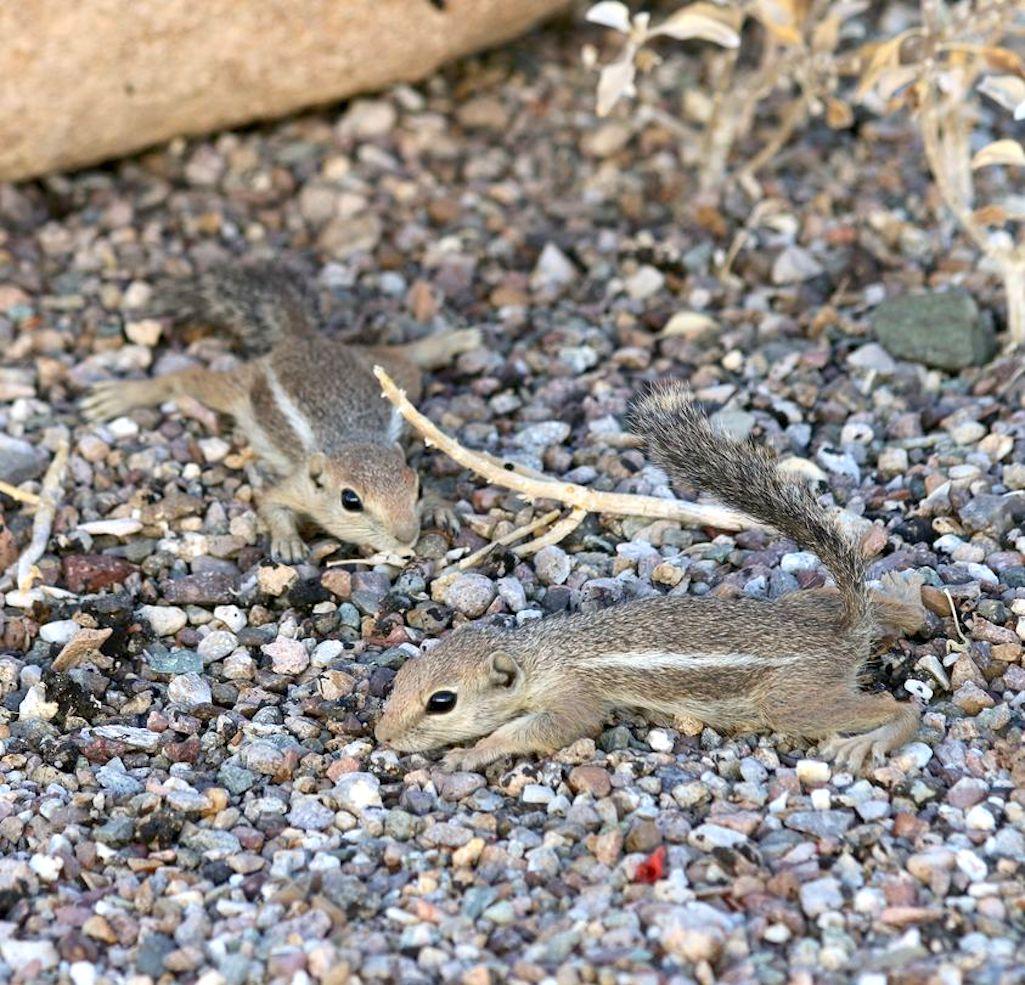A brutal heat wave, coupled with a long-running drought, has many national parks in the Western half of the country enduring broiling temperatures and increased fire danger. Temperatures Wednesday at Death Valley National Park could reach 128 degrees at Furnace Creek, the National Park Service said, while fire danger at Grand Teton National Park inched up to "high."

Heat kills, take precautions/NPS
The temperature at Death Valley on Tuesday reached 124 degrees Fahrenheit, which was 14 degrees above normal and just two degrees shy of the record high for the date set back in 2000.
"Annual high fire danger closures in the park begin today and will be in effect until at least September 15th," Death Valley staff said Wednesday. "Under these fire restrictions, at Wildrose, Thorndike, and Mahogany Flats campgrounds, the setting, maintaining, attending, or using of open flame of any kind is prohibited. Controlled flame devices such as portable stoves and lanterns with shut-off valves that use gas, jellied petroleum, or pressurized liquid fuel are allowed."
Grand Teton staff also announced that the ongoing spell of dry, arid weather on top of dried vegetation pushed the park's fire rating to "high" as well.
Elsewhere in the National Park System in the West:
- In Utah, the staff at Canyonlands National Park tweeted that, "Have you been outside in Canyonlands lately? It is H-O-T! We're hitting triple digits all week, so if you plan to recreate in the park, you'll need to prepare." Those preparations, the staff added, included hiking either early or late in the day, applying sunscreen, donning a hat, and wearing sunglasses. You also should drink at least 4 liters (1 gallon) of water per day, and hike at the pace of the slowest person in your group, they said.
- Grand Canyon National Park staff in Arizona issued an excessive heat warning for the Inner Gorge of the park, where temperatures could reach 120 degrees Fahrenheit on Wednesday. "Your body cannot cool itself or replenish its water or salt in these conditions," read a post on the park's Facebook page.
- At Saguaro National Park in southern Arizona, staff said the forecast of daily highs between 109 and 113 degrees Fahrenheit made it dangerous to be hiking in the park after 10 a.m. "We strongly suggest that hikers be back to their cars by then. If you want to hike early in the morning, it is important to follow this rule: Turn around when you've gone through half of your water supply," the staff added on a Facebook post. "Following these guidelines will keep you safe, and it will also avoid putting search and rescue teams in danger during extreme temperatures."
- Joshua Tree National Park staff in California also daily high temperatures near 115 degrees Fahrenheit would be "life-threatening."
- "Don’t melt away like the snow on our peaks!," warned Yosemite National Park staff, which reiterated the safety points raised by Canyonlands National Park. "The beginning of summer is bringing with it very high temperatures later this week."
The Harris's Antelope squirrels at Organ Pipe Cactus National Monument in southern Arizona knew how to cope with the heat.

Harris's antelope squirrels at Organ Pipe Cactus National Monument cool off by "heat dumping"/NPS
"Harris's Antelope squirrels, along with many other animal species, will lay out flat, spread-eagle, on cool surfaces to lower their body temperatures. This tactic is known as 'heat dumping,' and works similarly to when you might have laid out on a tile floor to beat the heat," a park Facebook post said. "These squirrels will even hold their fluffy tails over their bodies like an umbrella to further shade themselves."

 Support Essential Coverage of Essential Places
Support Essential Coverage of Essential Places



